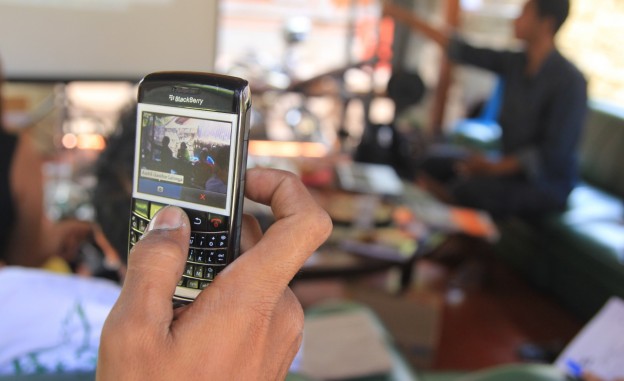This is the second in a two-part series. Click here to read part one.
“The rise of UGC means many journalists’ roles will change. Rather than being the sole bearers of truth, journalists will be required to allow more space for people to tell their own stories directly.” – Tow Center for Digital Journalism report on amateur footage.
As the people formerly known as the audience report in real time around the globe, producing an overwhelming volume of information, journalists face the challenge of making sense of it all, and the opportunity to engage with the public in new ways. This week’s annual conference of the Association for Education in Journalism and Mass Communication offers a great opportunity to explore this evolving role of the journalist, and the skills students need to fill it.
Yesterday, I highlighted ADVERTISEMENT




Observation: journalists with expertise in TV, print and other platform production are backing away from hot current subjects or changing careers. This is a loss worldwide. Who will take their place